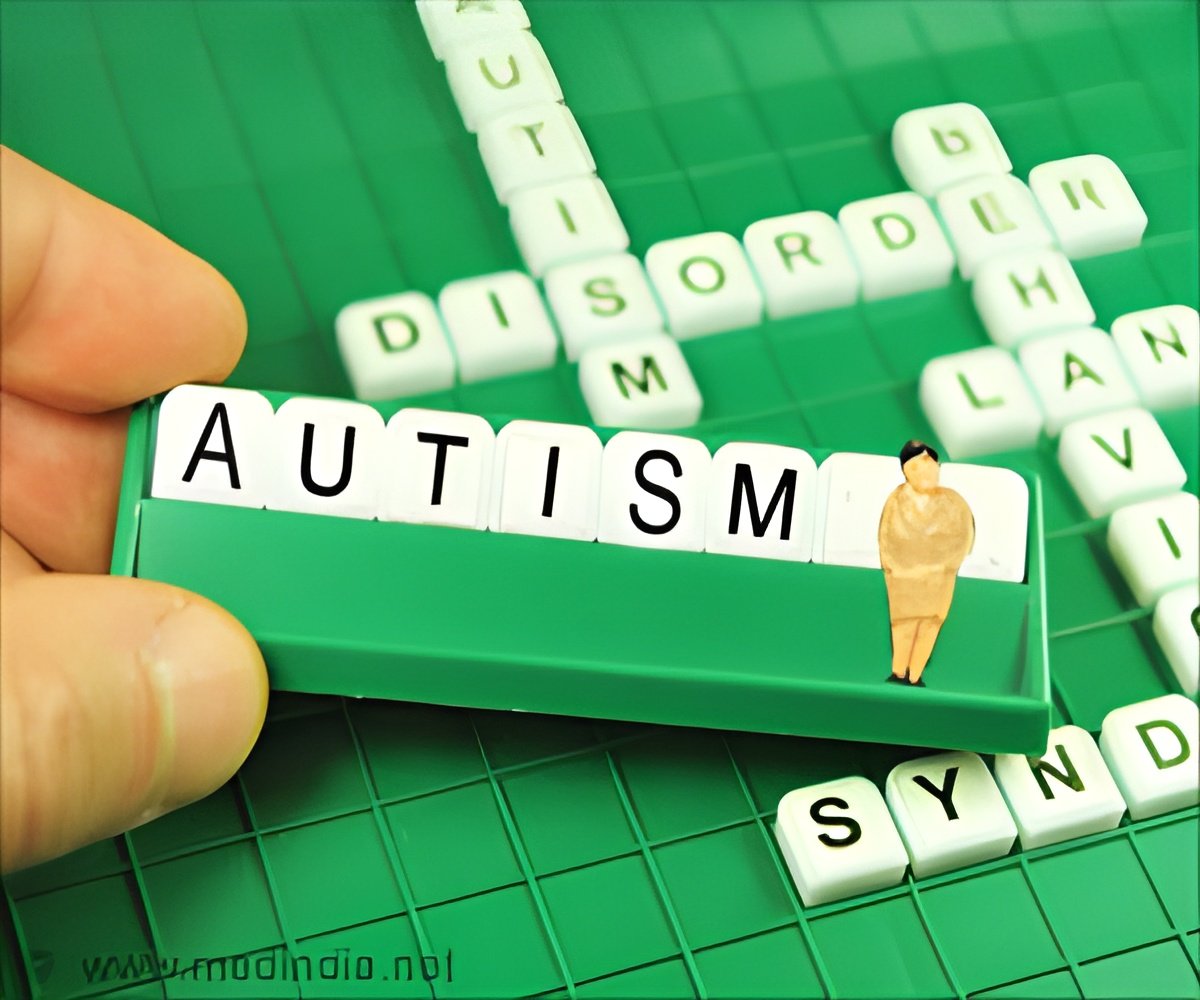
‘More than 70% of people with autism have differences in their sensory perception.’
Tweet it Now
The research involved 32 men with autism, with an average age of 27. This group was compared to 27 men and women with an average age of 33 without autism symptoms or any diseases that would affect their peripheral nerves. Autistic men in the study completed questionnaires on their sensory symptoms. All the study participants had tests of their sensory nerves, including skin biopsies to look for damage to the small fibers in their nerves. Researchers also looked at the nerves' electrical signals to see how they respond to the heat.
Limitations of the study included a small size. All study participants were men.
53% of the autistic people had reduced nerve fiber density. People with decreased nerve fiber density were more likely to report feeling pain from the heat stimulus at a higher temperature.
Response to touch in individuals with autism differed according to whether or not they had nerve fiber damage.
Advertisement
Autism Statistics
- About 1 in 54 children identified with autism spectrum disorder (ASD).
- ASD is more than 4 times more common among boys than among girls.
- About 1 in 6 (17%) children aged 3–17 years were diagnosed with a developmental disability.











